Rising Incidence of Chronic Diseases
The Imaging Tracer Market is significantly influenced by the rising incidence of chronic diseases, such as cancer, cardiovascular disorders, and neurological conditions. As healthcare systems strive to improve patient outcomes, the demand for effective diagnostic tools is escalating. Imaging tracers play a crucial role in the early detection and monitoring of these diseases, which is essential for timely intervention. Reports indicate that the prevalence of cancer is expected to rise by 50% by 2040, further emphasizing the need for advanced imaging solutions. This trend is likely to drive the growth of the imaging tracer market, as healthcare providers increasingly rely on these technologies to enhance diagnostic accuracy and treatment planning.
Expansion of Healthcare Infrastructure
The Imaging Tracer Market is positively impacted by the expansion of healthcare infrastructure, particularly in emerging economies. As countries invest in modernizing their healthcare systems, the availability of advanced imaging technologies is increasing. This expansion is likely to enhance access to diagnostic services, thereby driving the demand for imaging tracers. In 2025, it is anticipated that healthcare spending in developing regions will grow by 10%, leading to a greater emphasis on diagnostic imaging. Consequently, the imaging tracer market is expected to benefit from this trend, as more healthcare providers seek to implement state-of-the-art imaging solutions to improve patient outcomes.
Increasing Adoption of Nuclear Medicine
The Imaging Tracer Market is benefiting from the increasing adoption of nuclear medicine in diagnostic and therapeutic applications. Nuclear medicine utilizes radioactive tracers to visualize and treat various medical conditions, making it an essential component of modern healthcare. The market for nuclear medicine is projected to grow at a compound annual growth rate of 8% through 2025, driven by advancements in imaging technologies and the rising demand for non-invasive diagnostic procedures. As more healthcare facilities incorporate nuclear medicine into their practices, the demand for imaging tracers is expected to rise correspondingly, further propelling market growth.
Growing Focus on Research and Development
The Imaging Tracer Market is witnessing a growing focus on research and development initiatives aimed at enhancing tracer efficacy and safety. Pharmaceutical companies and research institutions are investing heavily in the development of novel imaging agents that can provide better visualization of biological processes. This trend is supported by government funding and grants for research projects related to imaging technologies. In 2025, it is estimated that R&D expenditures in the imaging sector will exceed USD 1 billion, reflecting the commitment to innovation. Such investments are likely to yield new imaging tracers that can address unmet clinical needs, thereby expanding the market and improving patient care.
Technological Innovations in Imaging Tracers
The Imaging Tracer Market is experiencing a surge in technological innovations that enhance imaging capabilities. Advanced imaging techniques, such as PET and SPECT, are becoming increasingly sophisticated, allowing for more precise diagnostics. The integration of artificial intelligence and machine learning into imaging processes is also gaining traction, potentially improving the accuracy of tracer applications. As of 2025, the market for imaging tracers is projected to reach approximately USD 5 billion, driven by these technological advancements. Furthermore, the development of novel tracers that target specific diseases is likely to expand the applications of imaging tracers in clinical settings, thereby increasing their adoption in hospitals and diagnostic centers.


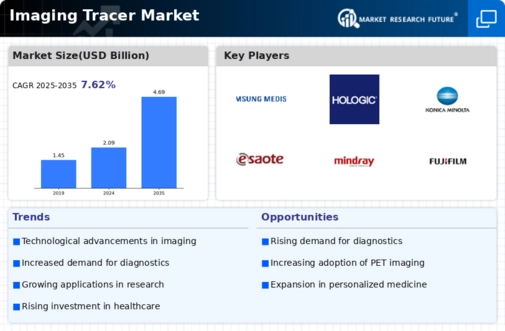
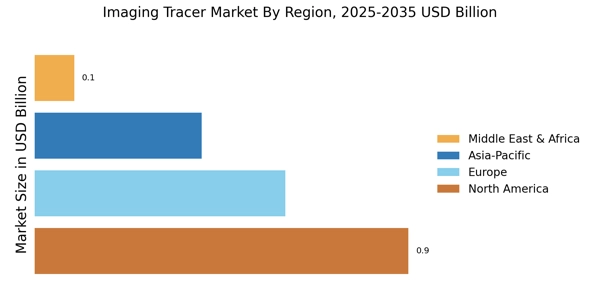
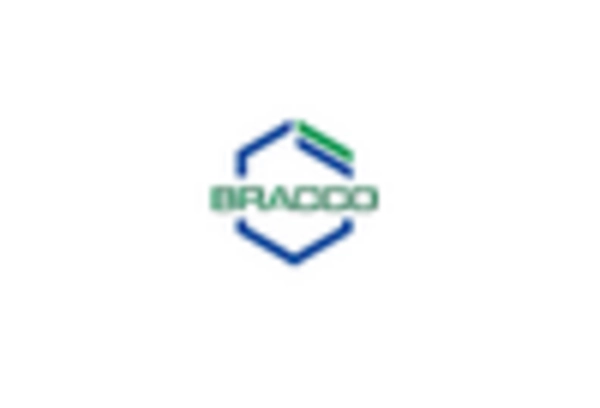
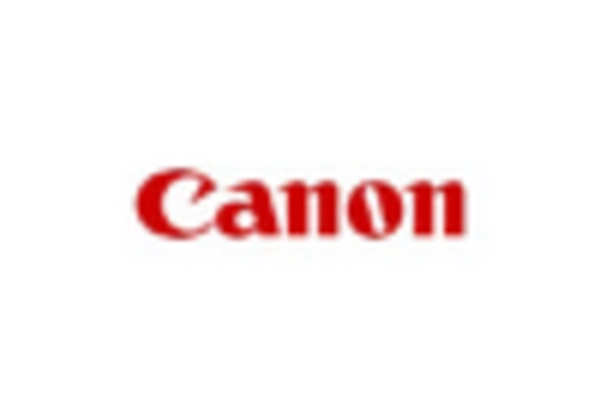
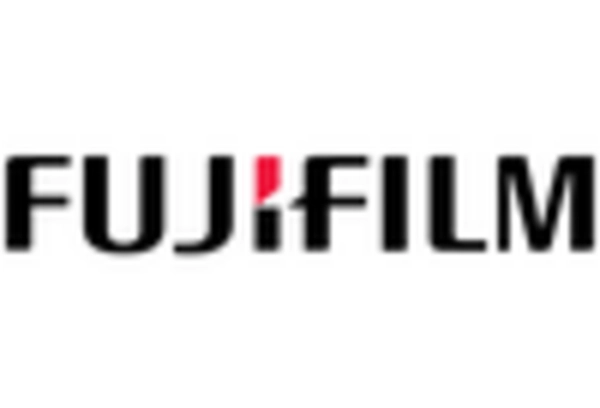











Leave a Comment